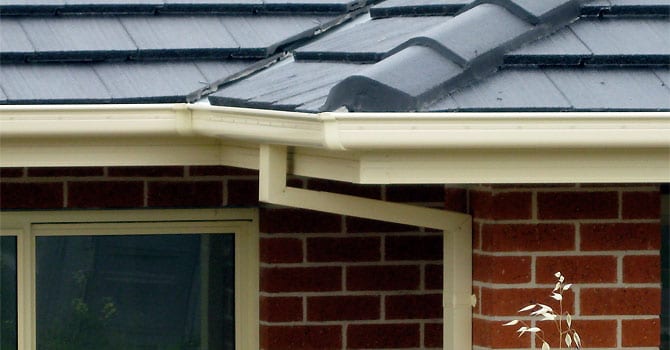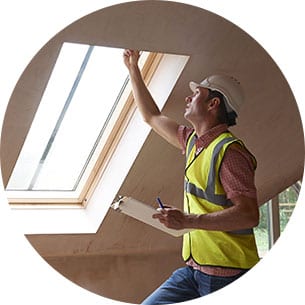
Downpipes.
Not glamorous, but highly essential.
Most homes have downpipes of some kind.
Downpipes generally carry water from a roof to either a drain or to ground level and are an essential part of any building’s drainage system.
Whether or not your area gets a lot of rainfall, it’s essential to have downpipes that are connected correctly in order for them to work efficiently.
Why Is It Important To Have Your Downpipes Connected Correctly?
Downpipes are one of the components of your roof drainage system, which also includes gutters and drains.
Downpipe Rules and Regulations
There are various regulations, which these systems must adhere to and their main function is to drain efficiently and to prevent water from flowing back into the building.
Other regulations involve the material that these pipes are made from – always avoiding (highly poisonous) lead if they are used as part of a water catchment system.
Always seek the advice of a qualified professional at any point of the downpipe installation process. Whether you’re unsure of the material to choose or you want help in installing the downpipes and connecting them correctly, this is something worth getting right the first time.
Downpipe Connections
1. Your downpipes must be connected properly in order to work efficiently.
With any gaps or holes in them, water will be able to leak through and potentially damage your building and lead to damp issues.
You don’t want to wait until a heavy storm or a build up of water to discover that your downpipe connections are not working.
2. Downpipes should not serve more than 12 metres of gutter length for each downpipe.
Always check the measurements of your building and work out exactly how much downpipe will be serving each gutter. You do not want to put extra pressure on the system.
3. You need to position downpipes as close as possible to valley gutters
You should think about whether you will need to provide for overflow to the gutter at all.
4. Gutters and downpipes work in conjunction with one another
You should always select a downpipe in accordance with right eaves gutter section.
5. As well as being connected properly, downpipes must always be safely secured to the building.
They should be firmly fixed to walls and held on by appropriate brackets or materials that can withstand heavy wind and rain, and do not rust.
Maintaining Your Downpipes
Once you’ve installed your drainpipes and made sure that they’re connected correctly, you need to regularly check and maintain that they are working and in good condition.
There’s a whole host of problems that can occur from poorly maintained downpipes and gutters – these can include damp and moisture in the eaves or roof of the building which can be incredibly expensive to fix.
Keep a constant eye out for:
- Cracks in the downpipes
- Rusting of downpipes in the bend under the eaves
- Accumulation of soil in gutters
- Rusting of gutter due to lack of cleaning
- Overflow due to heavy rain or storms.
If you think your home has a downpipe problem and might need an inspection, please get in touch with us and we can advise on whether this might be an issue when it’s time to sell your home!




